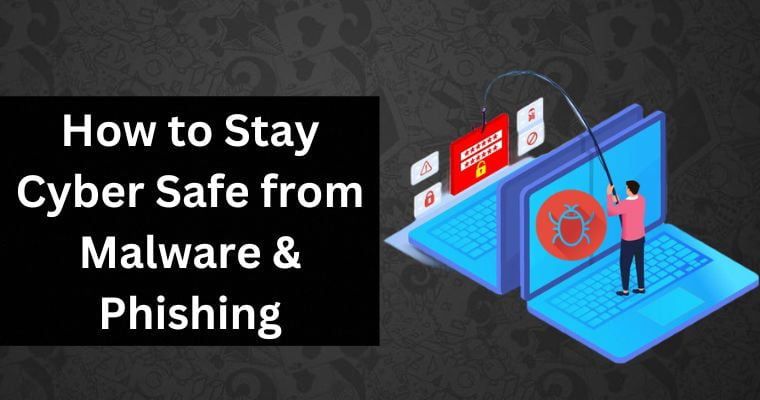Offshore software development has rapidly gained traction in the global business arena, and it’s easy to see why.
By extending development tasks across borders, businesses can tap into a vast talent pool, achieve significant cost savings, and enjoy the flexibility of round-the-clock operations.
These advantages make offshore development an attractive proposition for many enterprises.
However, while the benefits are numerous, offshore software development isn’t without its challenges. Alongside the boons come certain risks, particularly in the realm of security.
This article highlights the common types of offshore development security risks you might face. Furthermore, it offers a list of strategies you can use to mitigate possible dangers.
Table of Contents
Types of Offshore Software Development Security Risks
Offshore software development security risks can be categorized into the following:
1. Data Breaches and Leaks
One of the most pressing concerns in offshore software development is the potential for data breaches and leaks. Transferring sensitive information across international servers and networks means data might pass through less secure channels or environments.
If left unprotected, this data becomes vulnerable to cyber-attacks, eavesdropping, or unauthorized access. The implications of such breaches are not just technical. It can also harm your brand’s reputation and customer trust.
2. Inadequate Security Protocols
Every country has its cybersecurity standards and best practices. Some offshore destinations might not have the infrastructure to implement advanced network security analytics. Sometimes, they might be lax in keeping their security tools up-to-date.
This leaves your project exposed to potential threats. Ensuring a standardized security framework across all teams is essential.
3. Intellectual Property (IP) Theft
When working with teams overseas, there’s an inherent risk of your IP being misused or stolen. Certain offshore regions may not offer robust IP protection or may have lax enforcement of such laws.
This disparity can lead to your proprietary information, designs, or methodologies getting copied or exploited without significant legal recourse.
4. Communication Barriers
When collaborating with offshore teams, language differences, cultural nuances, and time zone disparities can lead to miscommunication.
Such misunderstandings can sometimes lead to more than just project delays. For instance, a developer might misinterpret security protocols, leaving the system vulnerable to a man-in-the-middle attack.
Leveraging developer security skills can fortify your team’s defenses. Security-savvy developers can spot and fix vulnerabilities early, serving as a first line of defense and fostering a culture of security awareness.
5. Insufficient Background Checks
Not all offshore providers are diligent with background checks. Unfortunately, this can inadvertently introduce bad actors into your project, leading to risks of insider threats, data theft, or even hacking embedded systems.
The consequences of such oversight can range from unauthorized data access to deliberate sabotage.
6. Shared Development Environments
A shared development environment, though cost-effective and often more collaborative, can introduce vulnerabilities. In such setups, multiple projects or clients might be hosted on the same server or platform, increasing the risk of accidental data exposure or breaches.
If one project becomes compromised, it can have a cascading effect, endangering others hosted in the same environment.
7. Lack of Control Over Infrastructure
Relying entirely on the offshore provider’s infrastructure means you’re trusting them to have the best security measures in place. Without direct oversight or a clear understanding of their security protocols, vulnerabilities might remain undetected.
This lack of transparency can lead to potential breaches, especially if the offshore team is not using up-to-date hardware, software, or security measures.
8. Vendor Lock-In
Building a strong working relationship with an offshore provider is beneficial, but over-reliance can be a double-edged sword.
Vendor lock-in occurs when transitioning to another provider becomes too difficult or costly due to proprietary technologies, custom solutions, or unique methodologies used by the current vendor.
This situation not only affects business agility but can also introduce security risks, especially if the vendor’s standards drop or if they become a target for cyberattacks.
9. Difference in Security Awareness
Security awareness is not universally consistent. Some countries invest heavily in cybersecurity training, while others might lag.
When partnering with offshore teams from regions with lower security awareness, there’s a risk of them inadvertently introducing vulnerabilities, not recognizing phishing attempts, or failing to follow the best security practices, all of which can jeopardize your project.
10. Contractual and Legal Risks
Engaging in offshore development inherently means dealing with international contracts and laws. Legal frameworks can differ vastly between countries, and what’s standard in one country might be non-compliant in another.
Should any disputes or disagreements arise, finding a resolution can be time-consuming, expensive, and complex. Additionally, enforcing contracts across borders can be challenging, especially if local laws are not supportive or are biased against foreign entities.
Risk Mitigation Strategies for Offshore Software Development
Offshore software development is undoubtedly risky. Fortunately, these risks can effectively be managed and mitigated with the right strategies. Below are some essential measures that can help you ensure a secure and successful offshore partnership:
1. Due Diligence
Every successful partnership begins with thorough research. Dive deep into potential offshore partners’ track records, customer reviews, and case studies. Understand their history, any past security incidents, and how they’ve addressed them.
Verifying credentials, certifications, and technological capabilities beforehand can avert future misunderstandings and pitfalls.
2. Clear Contracts and Agreements
Clearly outline roles, responsibilities, and expectations. Ensure that your contract explicitly details the following:
- security protocols
- IP handling
- data management practices
- breach response mechanisms
A well-defined agreement serves as both a roadmap and a protective shield for your collaboration.
3. Regular Audits and Inspections
Even with a strong initial assessment, continuous monitoring is essential. Periodic audits can identify vulnerabilities before they become significant issues.
By regularly assessing your offshore partner’s security infrastructure and practices, you can ensure alignment with global standards and instill a culture of continuous improvement.
4. Data Encryption
Encryption is your first line of defense against unauthorized access when transmitting or storing data. Using modern encryption algorithms ensures that even if data is intercepted, it remains unintelligible to unauthorized entities.
5. Security Training
Security is only as strong as the weakest link, and often, the human element can be the most vulnerable.
Regularly training your offshore team on security best practices, emerging threats, and safe digital behavior can immensely boost your project’s security profile. Continuous learning ensures everyone remains vigilant and informed.
6. Access Control
Granular access control is a must. By ensuring that only the necessary individuals have access to specific data or systems, you minimize the risk surface.
Combining role-based access with strong password policies and multi-factor authentication further fortifies your defenses, keeping potential internal and external threats at bay.
7. Continuous Communication
Clear and consistent communication can prevent many security issues that arise from misunderstandings. Any concerns or potential threats can be identified and addressed promptly if you maintain open channels of communication.
Regular check-ins, status updates, and feedback loops ensure everyone is aligned, informed, and proactive in ensuring project security.
Final Thoughts
Embracing offshore software development is a cost-effective way to tap into a global talent pool. And while it comes with several challenges, with the right strategies, these hurdles can easily be overcome.
By practicing diligence and adaptability, you can confidently navigate this space and achieve success for your company.


